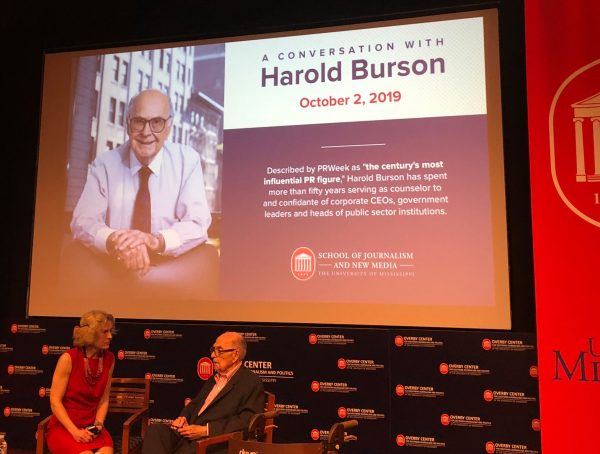We’ve all heard the complaints. We’ve even voiced them ourselves. Can’t anybody write anymore? What was that reporter thinking when he described a community that was “gripped in a veil of controversy?” And the anchor who said spectators at a baseball game “hurled racial epitaphs” at a player must not have been thinking at all.
No dispute — much of what we hear on the air these days is badly written. And news directors despair because they can’t seem to improve it. Producers who spend hours fixing bad copy face the same problems from the same writers, day after day. No one seems to learn. And guess what? They won’t learn, if no one teaches them. Because good writing is not magic. It’s a craft. It can be learned and it can be improved. But first, everyone has to know that it matters. That means offering regular feedback about writing, not just about how your on-air people look and sound. No question that television is a visual medium, but the words do count. Those words are the public voice of your station, and if you want anyone to tune in and believe what they hear, you need to care about what’s being said.
Praise good writing and you’ll get more of it. But let’s say you haven’t found much to praise. What then? Begin by sharing these five steps to better writing.
Step one. Take time at the front end to understand the story. Candy Crowley of CNN puts it this way: “The less time you have to write, the more time you should take to think about it.” Try telling someone, in six words or less, what your story is about. If you can’t, you’ll have trouble writing it.
Step two. Choose the information that will tell the story best. Avoid what one of my colleagues calls “the cramming impulse.” Select specific details – the brand of the beer, the make of the car – that will bring the story to life. Leave the rest out.
Step three. Organize your information in a logical way. Make an outline, if that helps. Keep related facts together. Answer questions as they come up. Know where you are going before you start.
Step four. Tell it, don’t report it. Imagine that every story you write begins, “Hey, Mom, guess what I just found out?” Or, “Honey, you won’t believe what happened today!”
Step five. Rewrite. Revise what you’ve written by looking at it backwards. Really. Look closely at the end of every sentence, paragraph, and story. That’s where you want to have the strongest words, because they’ll make the biggest impact. Crisp endings are one simple way to sharpen your writing. Fade-outs are for pictures not words, but too often we hear sentences that trail off instead of concluding. Consider these examples from local television newscasts. When describing the death of a cancer patient, an anchor declared that “today, she died of the disease.” When reporting on a chrysanthemum show, the reporter noted that visitors could see “50 varieties of the flower.” And when teasing the next story, the producer promised “the latest on that situation.” Drop the last three words in each of those sentences, and what do you lose besides padding?
Wasted phrases, jargon, clichés – they add clutter, not meaning. Overwritten is not well-written. As Charles Osgood says: “Bloated words and phrases don’t penetrate. Well-chosen, well-ordered ones do.” So put your writing on a diet, and think of adjectives as empty calories, particularly the adjectives so overused in broadcast news: senseless, horrible, tragic, ironic, and the like. Mark Twain put it best: “When you catch an adjective, kill it.” And he wrote that more than 100 years ago, folks. Imagine what he’d say about writing for television, where pictures make adjectives even more expendable.
What you really need on this diet are verbs, active verbs that add energy to your writing. With the right verbs, you do more than convey information, you build understanding and make your audience care. Consider the difference between a story saying that a bus was involved in an accident, and a story that tells how the bus skidded down an embankment, rammed into a guardrail and flipped into a ravine.
Active verbs in the active voice are the hallmark of writing that communicates clearly. But many writers I talk to aren’t clear about the difference between voice and tense. The simple answer is that tense tells you when, and voice tells who. “The Olympic torch is being carried by a local man,” is written in the present tense, but the passive voice. “A local man carried the torch last night,” is past tense, active voice. Got it? Think of it this way. In the active voice, the subject comes before the verb. In the passive voice, it comes afterwards, or not at all. For example: “A meeting will be held at the school tonight.” Or: “The body was found at eight this morning.”
You have to do more reporting before you can write in an active way. You have to know who’s meeting or who found the body, which means you have to ask. So one payoff in a newsroom that values good writing is stronger reporting. Besides, just think how much time you can save if you leave out all those words you don’t need.
This article was originally published in RTNDA Communicator magazine, 1997









